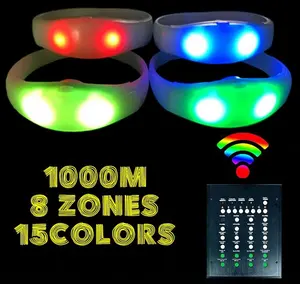
All categories
Featured selections
Trade Assurance
Buyer Central
Help Center
Get the app
Become a supplier














Tại Alibaba.com có được. gậy ánh sáng hóa học nổi bật về sự đổi mới, ấm cúng và phù hợp. Cổ phiếu Alibaba.com vượt trội. gậy ánh sáng hóa học với các tính năng ấm cúng, bao gồm dây thắt lưng có thể co giãn, nhãn không có thẻ và vải mềm. Mua sắm từ một xuất sắc. gậy ánh sáng hóa học từ các nhà sản xuất đáng tin cậy trên thế giới cung cấp khả năng bao phủ và hỗ trợ cơ thể vượt trội.
Các. gậy ánh sáng hóa học giảm giá vừa vặn và đàn hồi để mang lại sự thoải mái cao cấp trong khi giảm thiểu các vấn đề về ẩm ướt và ngứa ngáy. Những cái này. gậy ánh sáng hóa học có công thức kiểu dáng thoải mái và cổ điển để mang lại sự thoải mái giản dị tối ưu cho người mặc năng động và mặc hàng ngày. Chọn từ hàng chục. gậy ánh sáng hóa học màu, bao gồm cả màu đỏ nổi bật & amp; xanh lam, da trắng trung tính và xám, và nhiều hơn nữa. Các sản phẩm này cũng có sẵn với nhiều kích cỡ vòng eo khác nhau, từ cực nhỏ đến lớn nhất.
Tìm bộ sưu tập khổng lồ của chúng tôi. gậy ánh sáng hóa học, hầu hết là vải thấp tầng và cao tầng, đồng thời là vải nhẹ và thoáng khí để đảm bảo bạn cảm thấy tốt nhất trong khi vẫn mang lại sự thoải mái khi vận động. Các. gậy ánh sáng hóa học rất thoáng khí, có đặc tính làm khô nhanh và hút ẩm hiệu quả để đảm bảo mặc hàng ngày thoải mái. Khám phá. gậy ánh sáng hóa học với cạp và chân không cuộn, cảm giác mềm mại trên da và kiểu dáng gợi cảm tạo nên những trang phục bên trong sang trọng nhất, mang đến cho bạn cả chất lượng và sự thoải mái.
< br>Truy cập Alibaba.com để có được sản phẩm hoàn hảo của bạn. gậy ánh sáng hóa học để phù hợp với nhu cầu bán buôn và bán lẻ duy nhất của bạn. Duyệt qua Alibaba.com để có bộ sưu tập phong phú nhất gồm các sản phẩm chất lượng cao và được chế tác độc đáo. Cho dù bạn đang muốn mua với số lượng lớn hay mua lẻ, hãy so sánh. gậy ánh sáng hóa học để chọn những từ khóa phù hợp với tiêu chí mua duy nhất của bạn. Đừng quên những ưu đãi hấp dẫn cho những sản phẩm này.